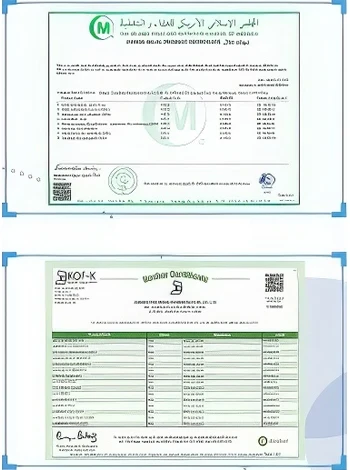



Techniques for Eliminating PFAS Contaminants in Water Supplies
Removal of PFAS from Water Challenges and Solutions
Per- and polyfluoroalkyl substances (PFAS) are a group of human-made chemicals that have garnered increasing attention due to their widespread presence in the environment and their potential adverse health effects. These substances are resistant to water, grease, and heat, which is why they have been widely used in various industries, including firefighting, food packaging, and textiles. However, their persistence in the environment has raised concerns, particularly regarding contamination of water supplies. As public awareness grows, the need for effective removal of PFAS from water has become paramount.
PFAS have been dubbed forever chemicals due to their stability and resistance to degradation. This characteristic means that they can accumulate in the environment and in the human body over time, leading to various health issues, such as liver damage, immune system disruption, and increased risk of certain cancers. Conventional wastewater treatment methods often prove ineffective in removing these substances, making it essential to develop and implement specific removal strategies.
Detection and Monitoring
Before tackling the removal of PFAS from water, effective detection and monitoring methods must be established. Advanced analytical methods, like liquid chromatography-tandem mass spectrometry (LC-MS/MS), enable highly sensitive detection of PFAS at low concentrations. This capability is crucial for assessing contaminated sites and ensuring that water supplies are safe for human consumption. Regular monitoring can also help identify new sources of contamination, enabling more targeted remediation strategies.
Removal Techniques
There are several techniques for the removal of PFAS from water, each with its advantages and limitations
.1. Activated Carbon Filtration One of the most common methods involves using activated carbon to adsorb PFAS from water. Activated carbon is effective for longer-chain PFAS but may struggle with shorter-chain variants. The process requires regular replacement or regeneration of the carbon to maintain efficiency.
removal of pfas from water

2. Ion Exchange Resins This method uses resin materials that selectively bind to PFAS molecules in water. Ion exchange can be highly effective for both short- and long-chain PFAS. However, the spent resins require proper disposal or treatment, as they may still contain high concentrations of toxic substances.
3. Reverse Osmosis This technique pushes water through semi-permeable membranes to remove contaminants, including PFAS. Reverse osmosis is highly effective but also consumes a significant amount of energy and produces wastewater that must be managed.
4. Advanced Oxidation Processes (AOPs) AOPs utilize powerful oxidizing agents to break down organic contaminants, including PFAS. This method shows promise, but its implementation can be complex and costly.
5. Electrochemical Treatment Recent innovations in electrochemical methods have shown potential for degrading PFAS in water. This approach can break down PFAS molecules into less harmful compounds, contributing to remediation efforts.
Regulatory and Policy Initiatives
Government regulations play a crucial role in addressing PFAS contamination. Many countries are establishing stricter limits on PFAS levels in drinking water and requiring companies to disclose PFAS usage. These regulations not only drive research and innovation in removal technologies but also encourage industries to adopt more sustainable practices. Public policy initiatives focused on pollution prevention, site remediation, and community engagement can amplify efforts to tackle PFAS contamination effectively.
Conclusion
The removal of PFAS from water is a multifaceted challenge that requires a combination of advanced technologies, regulatory frameworks, and community involvement. While no single solution exists, continued research into effective removal methods and their implementation will be essential for safeguarding public health and the environment. As awareness and understanding of PFAS grow, the path to cleaner water and healthier communities becomes clearer. Collaboration among scientists, policymakers, industries, and the public will be key to success in this critical area. The urgency to address PFAS contamination cannot be overstated, as the health of current and future generations depends on it.
-
Why Sodium Persulfate Is Everywhere NowNewsJul.07,2025
-
Why Polyacrylamide Is in High DemandNewsJul.07,2025
-
Understanding Paint Chemicals and Their ApplicationsNewsJul.07,2025
-
Smart Use Of Mining ChemicalsNewsJul.07,2025
-
Practical Uses of Potassium MonopersulfateNewsJul.07,2025
-
Agrochemicals In Real FarmingNewsJul.07,2025
-
Sodium Chlorite Hot UsesNewsJul.01,2025










